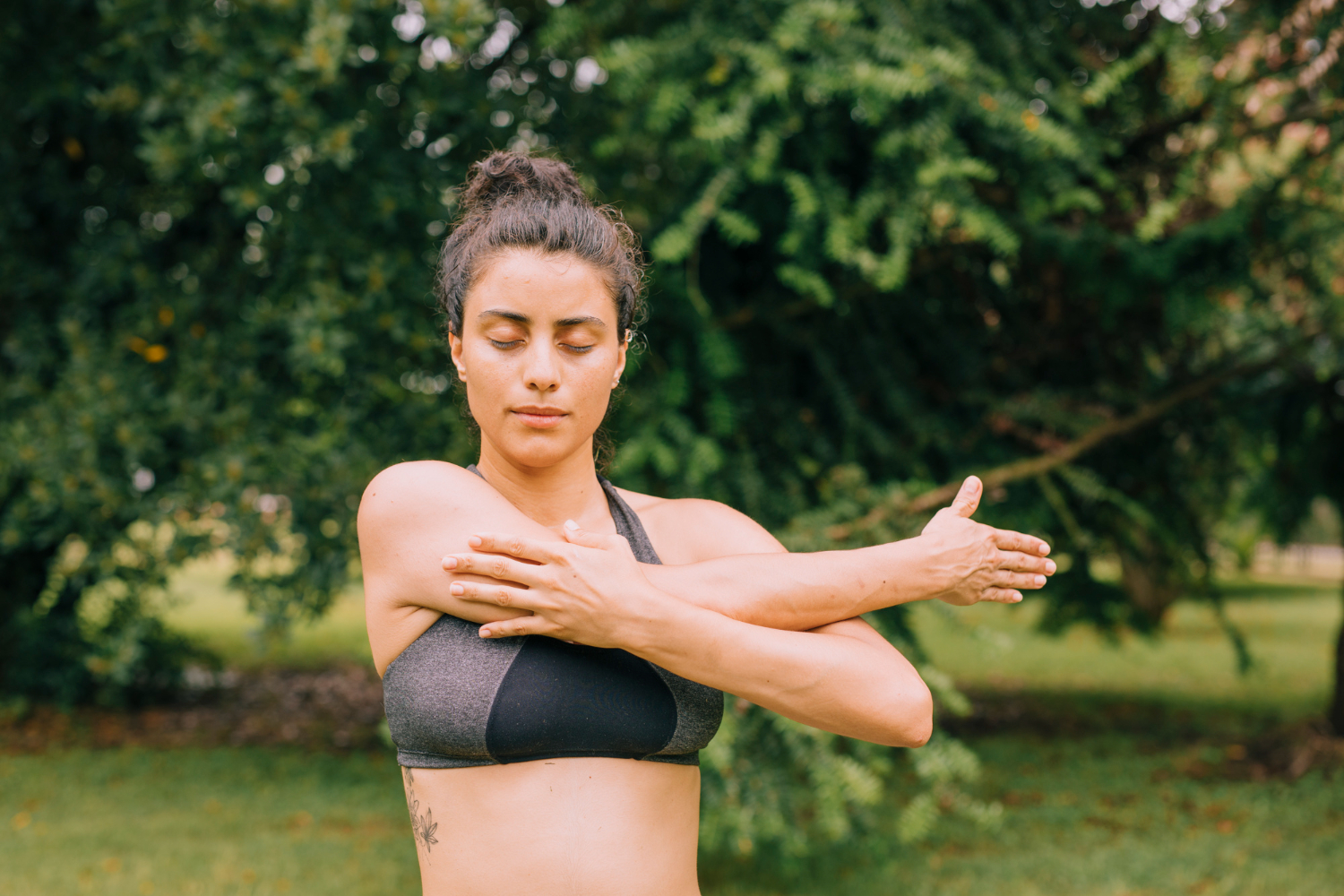Top 10 Exercises to Relieve Shoulder Pain

Shoulder pain is one of the most common orthopedic problems, and it is likely to impact as many as 70% of people at some point in their lives. Depending on the issue, shoulder pain can be mild or severe, but the problem will almost inevitably worsen if left untreated.
Shoulder pain, even if not continuous, should not be ignored. Seeking the help of an orthopedic specialist cannot only eliminate discomfort but also prevent long-term problems. A specialist can identify the cause of your shoulder pain and recommend specific exercises to ease any symptoms.
Common Causes of Shoulder Pain
Shoulder pain can happen for a wide range of reasons. An expert is the best person to identify what’s causing your unique problem, but some of the most common causes of shoulder pain include:
Rotator cuff injuries
Injuries to the rotator cuff tendons and muscles that control shoulder movement are some of the most common causes of shoulder pain. A rotator cuff injury will likely feel like a dull ache, which may come and go. Notable symptoms may include arm weakness, difficulty reaching backward, or pain that worsens with certain activities.
Joint diseases
Various joint diseases, including arthritis and tendonitis, can impact your shoulder. Symptoms of joint diseases such as arthritis include disruptive pain during movement or activity, ongoing tenderness, and grinding or cracking in your shoulder joint.
Shoulder impingement
Shoulder impingement is a common cause of shoulder pain. It arises if shoulder tendons rub or catch on bone or tissue during movement. Common causes include repetitive arm movements, age, and issues like arthritis. Symptoms may consist of minor shoulder pain, pain radiating from the front of the shoulder to the side of the arm, and pain that significantly worsens at night.
Exercises to Relieve Shoulder Pain
Exercise is vital in managing many types of shoulder pain. By stretching and strengthening the muscles in your shoulders, you can manage pain and prevent future injuries.
Here are some stretches and exercises to try:
Pendulum stretch
How-to: Use your good arm to hold onto a table or the back of a chair. Lean forward slightly so your injured arm hangs forward, then gently swing your arm back and forth or in small circles, using your hips and legs for momentum. Aim to complete around 10-12 revolutions in each direction at least once a day.
Cross-body shoulder stretch

How-to: Stand with your feet hip-width apart and straighten your injured arm across your body so your fingers point opposite your shoulder. Bend your good arm at the elbow and hook it under your injured arm, just above the elbow. Apply gentle pressure to stretch your injured arm across your body. Hold for 20 seconds at a time.
Doorway stretch

How-to: Find a doorway and stand facing it with your feet hip-width apart. Place your palm on the inside of the doorframe so your arm is extended straight in front of you. Slowly step forward with your foot on the same side as your injured shoulder so your body rotates away from your arm. Hold for 10-15 seconds, then step back. Repeat three times at least once daily.
Rotator cuff strengthening

How-to: Hold a resistance band in your injured arm. Tuck your elbow in and keep it next to your body, then move your arm either outwards away from your stomach or inwards towards your stomach. Use the band to create resistance. Complete ten reps across two daily sessions.
Shoulder blade squeezes
How-to: Stand tall with your arms at your sides and shoulders relaxed. Squeeze your shoulder blades together for six seconds at a time. Repeat between 8-12 times.
Wall push-ups
How-to: Stand just over an arm’s length away from the wall with your feet hip-width apart. Place your hands on the wall at shoulder height, aiming to achieve a 45-degree angle with your body. Keep your body straight and push against the wall to straighten your arms. Complete ten push-ups daily.
Y-T-W-I exercises

How-to: With your arms, make a ‘Y,’ ‘T,’ ‘W,’ and ‘I’ shape, holding each pose for at least two seconds. Repeat this pattern ten times.
Neck stretches
How-to: Stare straight ahead and relax your body. Keep your chin tucked down and move your head as far back as possible without experiencing resistance. Stretch your head gently to the right, hold for two seconds, and then stretch gently to the left, making sure not to strain. Repeat ten stretches in each direction twice daily.
Postural exercises
How-to: Stand with your back flush to the wall. Use the wall for support as you pull your head back, roll your shoulders, and tuck your head. Hold for ten seconds. Repeat twice daily.
Low-impact aerobic exercises

How-to: For 20 minutes daily, participate in low-impact activities that elevate your heart rate and gently work your muscles. Speed walking, biking, or swimming are all good options. Avoid activities that create unnecessary stress on your shoulders so your conditions do not worsen.
Other Treatments and Remedies
In some cases, shoulder pain may require additional treatment. This is why it’s crucial to seek evaluation from orthopedic specialists. Other treatments and remedies for shoulder pain may include:
Ice/heat therapy
Injuries such as bursitis or frozen shoulder can benefit from heat or ice therapies, which either bring swelling down (ice) or reduce stiffness (heat) during sessions of no longer than 15 minutes at a time.
Physical therapy
Physical therapy, which may include guided exercises and treatments for joint mobility, is a powerful tool in your journey to recovery. It can remarkably improve the range of motion and muscle strength for most shoulder injuries.
Shoulder Joint Replacement
Shoulder joint replacement is sometimes necessary in cases of joint disease, such as arthritis or severe injury. An expert can explain your options in this instance, which include a total shoulder replacement or a reverse total shoulder replacement, depending on your injury.
Seek Professional Help for Your Shoulder Pain
Even mild shoulder pain can be a symptom of potentially severe problems like rotator cuff injuries. Seeking professional help is not just a good idea; it's a crucial step towards your recovery. When left untreated, shoulder pain can escalate and may even require surgical intervention.
Our team at Orthopedic Specialists of Idaho has more than 30 years of experience treating shoulder pain and its various causes. We are proud to be the top orthopedic surgeons Idaho Falls has to offer. Whether you’re noticing new shoulder pain or have ignored the problem for years, contact us to discuss your options and get back to optimal shoulder health today.